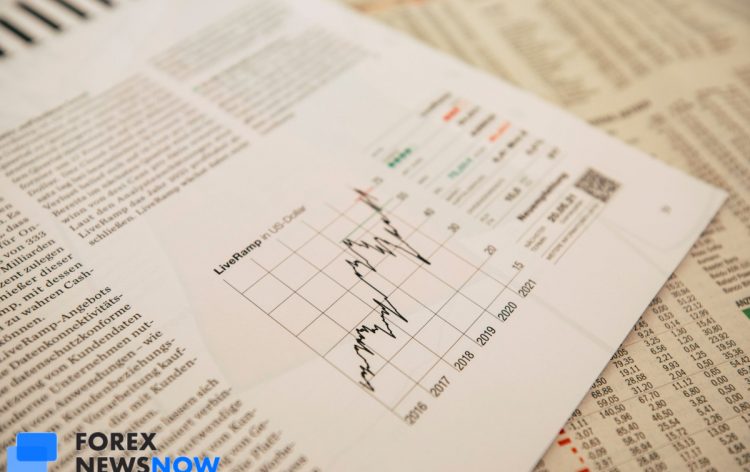Short vs Long Positions in CFD and Forex Trading

The basis of forex and CFD trading allows investors to take advantage of both rising and falling prices, however knowing which position to take is crucial, and comes down to having as much information as possible. To quote Benjamin Franklin, “An investment in knowledge pays the best interest.” That knowledge comes from various sources, touching upon both technical and fundamental factors. On the technical side, a trader would study the price charts of his chosen forex pair or CFD instrument to identify past patterns that he could apply to potential future movements, while on the fundamental side, he’d keep a close eye on the financial news for such updates as interest rate hikes, economic announcements, and geopolitical conflict. His focus is knowing whether to take a long position and open a ‘Buy’ deal if he thinks the price is set to increase, or a short position or ‘Sell’ deal if he thinks the price is set to decrease. Need some more info? Let’s take a closer look at the difference between long and short positions in CFD and forex trading.
Long Position
Before we get into specifics, let’s answer the question ‘What is forex trading?’ In the simplest of terms, forex trading allows investors to speculate on price movements of global currency pairs—for example EUR/USD, USD/JPY or USD/INR—in both directions (increases as well as decreases) and open trading deals based on which way he thinks prices will go. Like we said above, if he expects prices to increase, he’d open a ‘Buy’ deal or take a ‘Long’ position, whereas if he expected prices to decrease he’d open a ‘Sell’ deal or take a ‘Short’ position. But in order to arrive at that decision, there’s a great deal of information to take onboard first.
Now that we’ve addressed what is forex trading, how do traders know what to do next? First, the forex or CFD trader has to build up his understanding of the various factors which can affect foreign currency prices. These include global economic situations, interest rates, and other monetary issues such as inflation (which is a hot button issue at the moment). These are what pull the strings of currency pairs. For example, if interest rates go up, this increases the value of a nation’s currency which can, in turn, encourage foreign investment and strengthen the demand for the home country’s currency. So, let’s say a forex trader sees an announcement on the news that the Federal Open Market Committee has decided to hike up interest rates. The announcement alone could be enough to cause volatility for major forex pairs like EUR/USD and USD/INR, and if he thinks this would cause the value of the USD to rise and lead to taking a ‘Long’ position, he would strengthen his conviction by studying past performance of his chosen currency pair, paying special attention to past incidents of interest rate hikes, and keeping a close eye on the news for further updates.
Short position
Now let’s look at the other option in online trading of forex: taking the ‘Sell’ or ‘Short’ position. Using the same USD/INR currency pair as an example, let’s pretend the trader just saw an article on how inflation in the US is on the rise. Historically, inflation causes currencies to decrease in value, as inflation tends to mirror a reduction in a currency’s buying power (which explains how, in times of inflation, the price for something as basic as a loaf of bread can go from $1.50 to $2.50, reflecting the weakening buying power of money). The big-picture result is that as inflation rises, the USD may weaken relative to other currencies such as INR, causing a decrease in its price and therefore a potential trading opportunity to open a ‘Short’ position or ‘Sell’ online trading deal on the USD/INR currency pair.
Wrapping Up
When online trading forex pairs or CFDs, price movement is the name of the game, but staying informed of all the various factors which can affect prices is what helps traders gain a leading edge. The more you know about how a currency pair or CFD instrument may behave, the more confidence you will gain in knowing whether to take a Long or Short position. There’s no hard and fast rule to gaining this knowledge, rather you simply have to take time and do your homework. You can also choose a broker that offers educational materials that can help cultivate within yourself a sense of speculation, so when a major event such as an interest rate hike occurs, you know what information to focus on and how to apply it to your forex or CFD trading strategy


























Comments (0 comment(s))